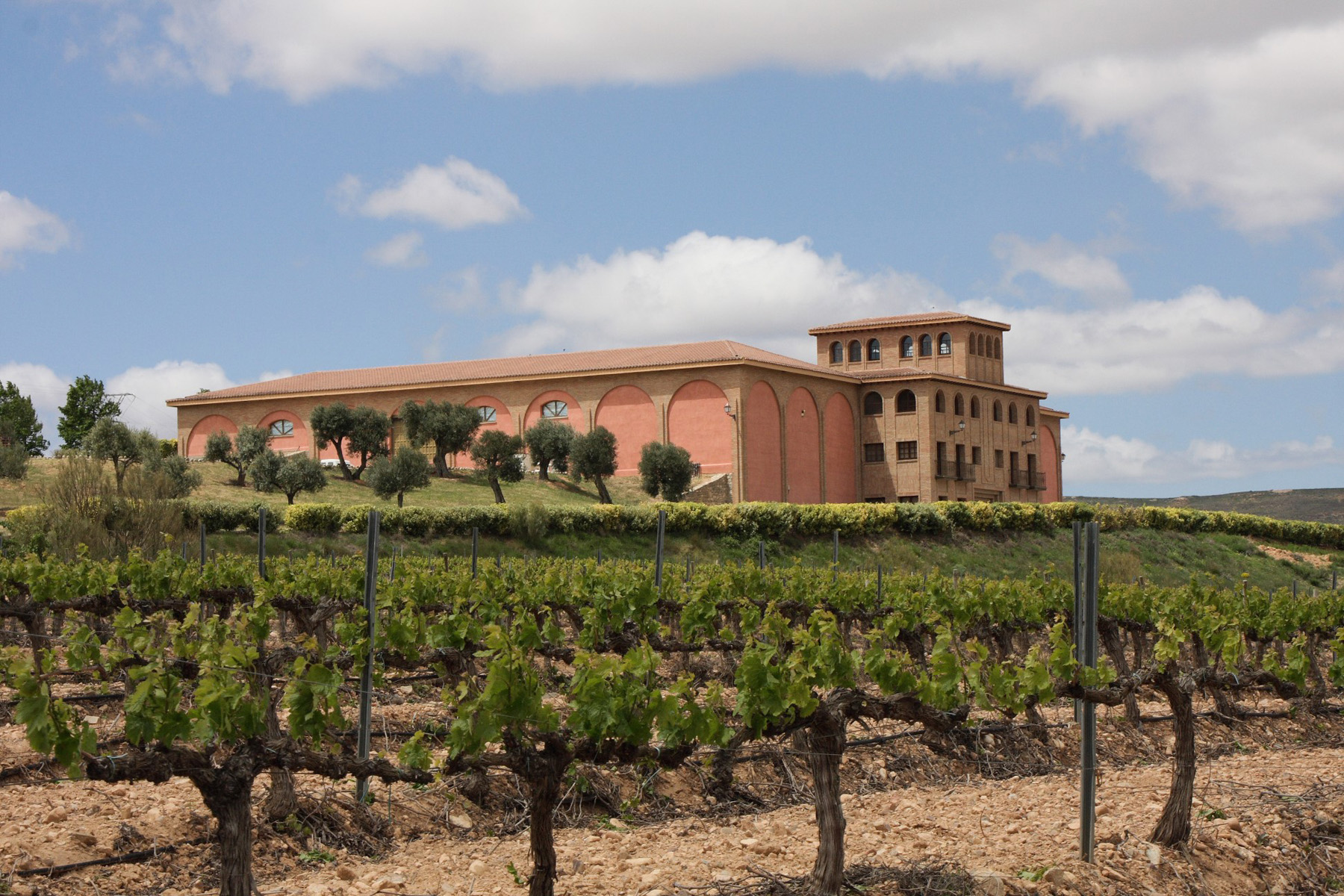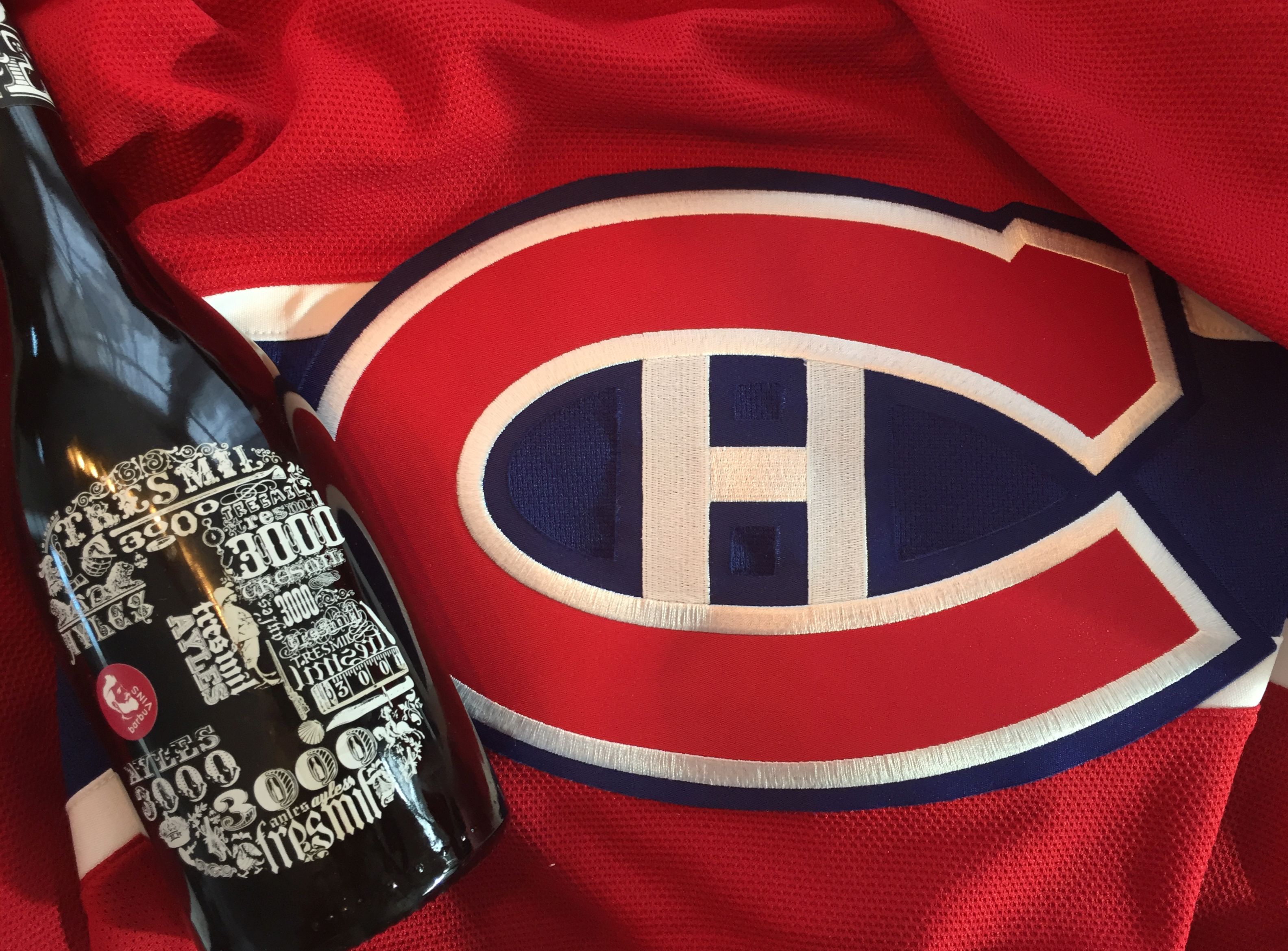Unique Wines in a Unique Microclimate

Located south-west of Zaragoza in Aragón, Pago Aylés started as an agri-food project in 1994 when the estate was acquired by the present owners. They purchased several contiguous properties that had belonged to the clergy and the nobility since the Middle Ages, thus becoming one of the biggest privately-owned estates in the Aragón region (north eastern Spain). The property whose perimeter is fenced to meet Pago regulations, now exceeds 3,100 hectares.

Pago Aylés is not only a winery; it is a well-defined territory where nature and wine coexist in a very peculiar way. It has its own characteristics that differentiate and distinguish it from other surrounding estates. Thanks to the breeding and restocking of native endangered species, the European Union has the estate in the Natura 2000 network as a Special Protection Area for Birds (ZEPA in Spanish).
The holistic approach to vine growing and grape production has always been much more than a production process. The management of operations and wine production aim to blend traditional cultural practice, the landscape, the flora and fauna that shape these lands giving fruition to such excellent and original wines.
The vineyards have a unique location as they are boxed in between the northern border of the Sistema Ibérico and to the north, the Ebro river and the Desierto de los Monegros.

Because of the geographical location, the climate at Pago Aylés is also rather unique and differs from the rest of the region. With an average annual rainfall of 350 mm (in comparison, a desert is defined at 250 mm maximum annually while Bordeaux receives 945 mm annually), the region is defined as having a continental climate with extreme temperatures which reach 38ºC in summer and fall to -8ºC in winter. The very cold wind coming from the north helps to keep the humidity low and the vine rather healthy.
Unfortunately, this also means that grape growers and farmers must fight against hail, strong winds and excessive summer heat. In addition, drought can affect the size of crops. The temperature contrasts between day and night (diurnal variation) help to give the grapes their characteristic intense flavor. The night harvesting helps retain a good acidity, especially that the design of the property allows to bring the grapes inside the winery in less than 15 minutes after harvesting.

Given the harsh, albeit cooler conditions due to higher altitude (500m), dominant winds from the adjacent Mount San Pablo, not much grows without irrigation even with the nearby Ebro river. To palliate the hydric deficit that commonly affects this area, two huge rain water retention basins have been built. One of the pictures shows the extensive damage caused by hail where the tarp or membrane must be replaced.
With the unique terroir of the property and a desire to raise the bar, the Ramón family decided to commission a geographical and zoning study to the Polytechnic University of Madrid and another report from the University of Zaragoza in order to determine if the winery would meet the laws introduced in 2003 (“Ley 24/2003”) that defined the concept of a Vino de Pago, or Estate Wine.
 Those so-called Pago wines take their name because they belong to a delimited enclave -a “Pago”- whose soils and climate have their own characteristics that differentiate them from other adjacent properties. Pago Aylés obtained its designation in 2010. Ever since, it had to adhere to strict criteria in order to maintain its designation.
Those so-called Pago wines take their name because they belong to a delimited enclave -a “Pago”- whose soils and climate have their own characteristics that differentiate them from other adjacent properties. Pago Aylés obtained its designation in 2010. Ever since, it had to adhere to strict criteria in order to maintain its designation.
Here is an excerpt of those criteria included in the publicly available terms and conditions set out by the Spanish Ministry of Agriculture:
- The actual alcoholic strength by volume has been set depending on the wine profile (e.g. between 13.5% and 14.5% vol (± 5%) for ‘Tres de 3000’. (±5% of 13.5% is ± 0.675% units)
- Total sugars is defined by wine type (e.g. Less than 4 g / l (± 5%) for ‘Tres de 3000’)
- Total acidity (tartaric acid) will be between 4 and 7 g / l.
- Volatile acidity (acetic acid) is defined by wine type (e.g. less than 0.90 g / l for ‘Tres de 3000’).
- Total sulfur dioxide will be less than 90 mg / l (± 10%) for rosé wine and for ‘young’ and ‘barrica’ reds, and less than 100 mg / l (± 10%) for ‘Tres of 3000’, which is the limit for “biological” wines.
- Vine culture:
- Planting density of 3,300 vines per ha (considered optimal low density)
- Vine training: Cordon de Royat double
- Bud density: maximum of 40,000 par ha (requires green harvesting)
- Irrigation controlled in three phases depending on the growth cycle. For instance, no irrigation is permitted in the 20 days prior to harvest unless the crop is at risk in a severe drought.
- Irrigation from retention basins
- Oenological practices
- Reds: A pre-fermentative maceration will take place that will last from 5 to 7 days. Alcoholic fermentation will last from 10 to 12 days and it will continuously control the temperature, which in this case should be between 24º and 26ºC. It also will take daily control of the density of musts-wine.
- Rosé: A cold film maceration will be done for 10 hours. Alcoholic fermentation will last from 10 to 12 days and in it the temperature will be controlled continuously, which in this case will be between 14º and 16ºC.
- Maximum Yield, per hectare
- 8,000 kg of grapes.
- 56 hectoliters of wine
Some of these parameters might sound esoteric, so in comparison, most French AOC define the maximum production allowed in the range of 35 et 60 hl/ha. In champagne, the yield tends to vary between 10,000 and 13,000 kg/ha.

For Pago Aylés, the clay and calcareous (limestone) soil where Pago vines are grown differs significantly from what is found in other areas in the Cariñena region, enough that only a portion of the domain’s 80 hectares where vine is cultivated obtained the Pago designation. The Ministry actually defined the list of plots that meet the criteria and revisits the list frequently. The age of the vines (25-80 years old) and the valley climate are contributing factors to the quality of the wines produced at the estate.
At Pago Aylés, nature decides if the harvest will be better than the last, but everything has been done to ensure the terroir is allowed to express its full potential, including the use of pheromones to manage insect population, and most importantly, having banned the use of herbicides and pesticides.
I don’t know about you, but I feel like opening a bottle right now.
Cheers!



